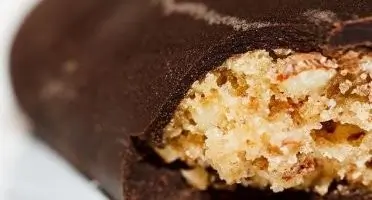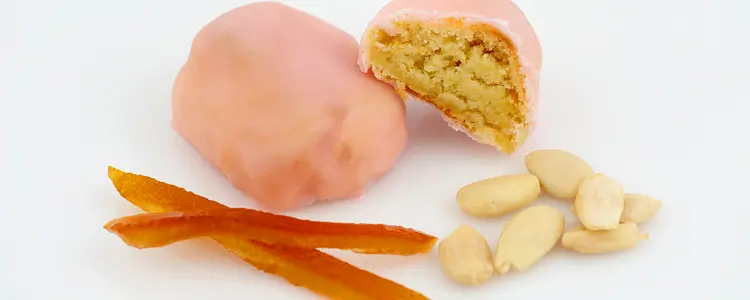The tasty Christmas delicacies from Campania are part of the centuries-old Neapolitan pastry tradition: roccocò, susamielli, divino amore, zeppole and struffoli, lead us by the hand in the liturgical period of Advent, to long evenings spent at home, to the game of tombola.
Zeppole or Ancient Scauratielli.
Typical of the Sorrento coast, they are fried donuts prepared with a dough made from flour, water, milk and aniseed, and seasoned with honey, riavulilli (for the uninitiated, they are microscopic sugared almonds of various colors that bring to mind the decorations of our Christmas) and orange peel.
Among the Neapolitan trades there was also that of the zeppolara who fried these donuts in lard or animal fat in the street and served them covered in honey.

Struffoli
Delicious sweet balls fried and dipped in honey. In Naples it is not Christmas without struffoli, that explosion of taste that makes you feel like a child again every time you eat them, golden and colorful with riavulilli and candied fruit.
The origin of struffoli is Greek: the name derives from strongulos, i.e. spherical, rounded or hollow-shaped pasta; this preparation is also consolidated in the Neapolitan confectionery tradition, the confections by the Nuns of the convents of the Croce of Lucca and those of S. Maria dello Splendore were splendid.
A little curiosity, in Greek cuisine, there is a similar sweet, the Loukoumades, mixed with flour, eggs, sugar, nutmeg and seasoned with honey flavored with lemon and cinnamon.

Mustacciuoli
The mustacciuoli have a rhomboidal shape, are about 10-12 cm large and are covered with a chocolate glaze, while inside they are characterized by a soft paste with a taste of honey and candied fruit.
These desserts are particularly loved by Neapolitan children for their softness and for the taste that combines honey and chocolate.

Roccocò
Donut-shaped sweets, in which the scent of citrus fruits sends our thoughts back to the Mediterranean, its coasts and its flower gardens.
Impenetrable sweet, hard, suitable for those with solid teeth, its name comes from the French rocaille for the baroque and rounded shell shape.
It is a particularly hard biscuit so it can be softened by dipping it in vermouth, sparkling wine, white wine or marsala.

Divino Amore
History has it that, in the 13th century, the cloistered nuns of the Divino Amore convent, located near San Biagio dei Librai, prepared these sweet pastries to pay homage to Beatrice of Provence, mother of King Charles II of Anjou. Today the convent no longer exists, but the tradition of preparing Divino Amore has never stopped.
The Neapolitans love to taste these sweet oval pastries covered with a pink sugar glaze and filled with almonds, mixed candied fruit, eggs and apricot jam.

Susamiello
It is one of those desserts that the Neapolitans always want to see on their festively laid table during the Christmas period. But don’t call it just a biscuit. It is, in fact, a dessert in all respects. Compared to the Roccocò of which they are distant relatives, the Susamielli are a little softer and have the characteristic “S” shape. They owe their name to the covering with sesame seeds and among the ingredients used to prepare them, the minced walnuts, honey, cinnamon, pepper and nutmeg stand out for their aroma.

What is your favorite Neapolitan Christmas dessert, and above all, why?






